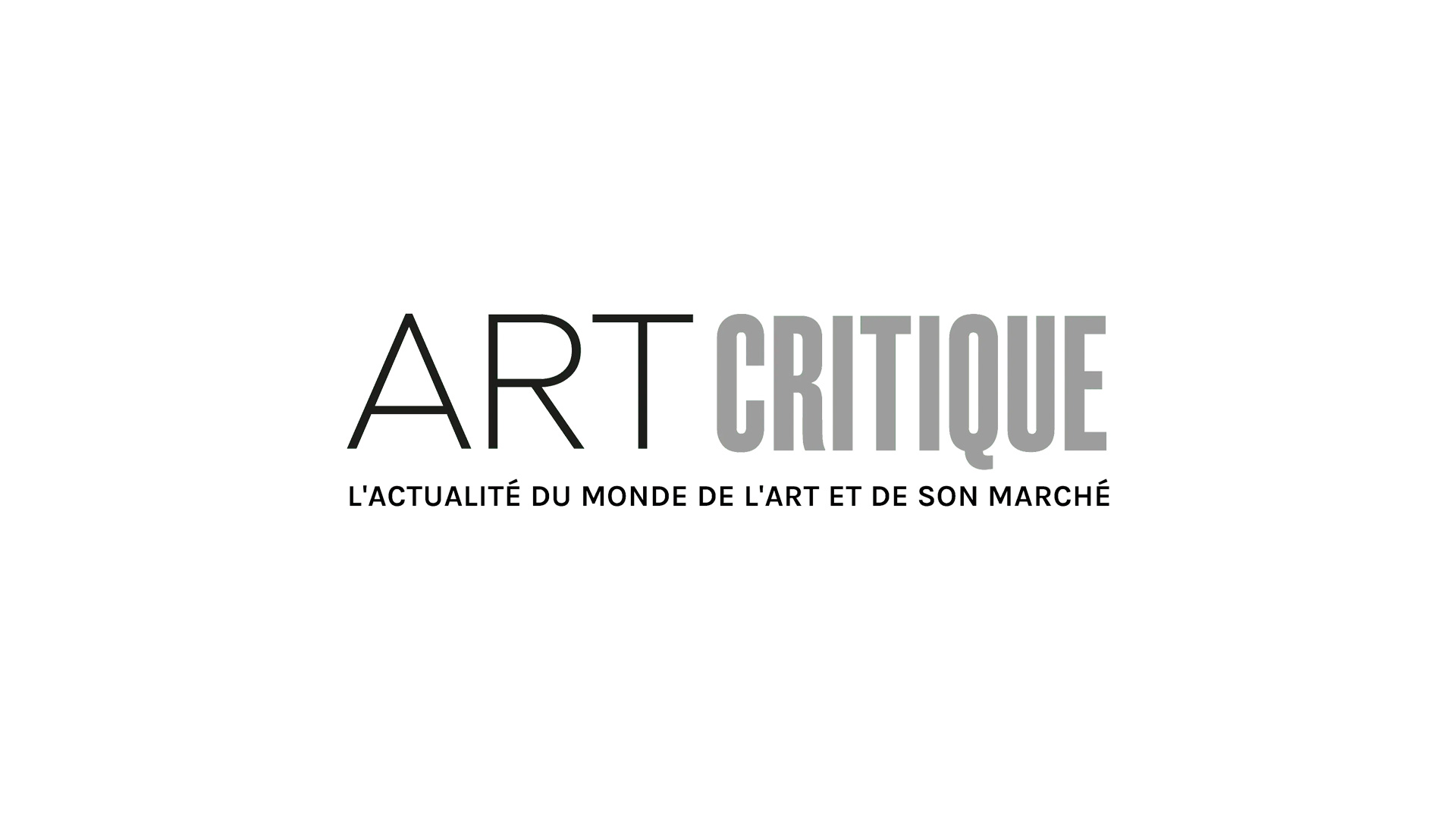Without a doubt, this year marked the largest uptick any of us have had of how saturated our social media feeds have been with art created by artificial intelligence. From the mildly unsettling and muddily accurate interpretations of prompts through DALL-E Mini to the surprisingly logical advances seen in ChatGPT, it’s run the gamut of humorously off-base to startlingly accurate. By far the most prevalent of these as of late has been Lensa, the AI seems to create near-miraculous portraits of users in varying illustrative styles. But in technological advances, there are no miracles; if it seems like there are, it is more than likely at great expense to or exploitation of someone else.
First of all, as of this article, Lensa and its creators Prisma Labs are shockingly absent from one of the most readily available sources of public information, Wikipedia. This is not to say by any means that Wikipedia is a perfect paragon of information given its open-source nature, although a topic as popular and current as Lensa would be regulated quite diligently. And by all means, an absence from online forums should be more than normalized (and even encouraged given the factors revolving around programs like this). But for a company whose bread and butter is the web to be absent from such a resource of insight raises an eyebrow, and knowing this would imply active prevention of the information on their part raises the other.
One of the most important factors to address in the discussion of AI in art is the idea of the replacement of artists. And I think it is obvious that no matter what it’s an impossibility to consider that human-created art will become defunct or not have a place in society at any point, and would only occur to a mind that doesn’t see value in context or the act of creation and thinks time optimization is the point of human existence. But it’s also disingenuous to state that there is no damage done or replacement occurring with the advent of programs like these. We’ve already seen pieces being used by companies gleefully touting their source. To put it simply, many companies don’t humanize artists, and if they can have an app churn out something close to what they desire without the undesirable qualities of free will and costs of living, they’ll choose the machine any day of the week.

Now for the blunt-sounding thing that is invariably true: Prisma Labs are very well-paid thieves and Lensa is the cartoonish sack of goods they lug around. But it’s not money in the bag—it’s stolen artwork. To clarify for those who may not know, Lensa is not an illustrative AI such as Ai-Da; Lensa is driven by its deep learning model Stable Diffusion, through which it skims and takes across a vast network of images available on the internet; however, available doesn’t mean allowed—just because a stranger’s woefully unguarded burger is readily available to you doesn’t mean you’re allowed to snatch it up, and just because someone’s artwork appears in a Google search does not mean it isn’t copyright protected. The program then compiles these ill-gotten goods into an (extremely flattering) image of the user—and given its state as a paid program with over 5 million downloads, this indicates the company has made millions off of the backs of uncredited, non-consenting artists.
One more rather unsettling aspect to ponder on this whole trend: when you (pay to) hand your image over to Prisma Labs, what happens? By virtue of their stated privacy policies, it goes onto a U.S. server only until the avatars are generated, then is deleted from their systems. But given the nature of which they skim for images, it is entirely feasible that through one means or another if you have uploaded these avatars or original images elsewhere your likeness may still be freely used as fodder by Stable Diffusion. Perhaps that’s of little concern if you know all this context and still use the app, but it may well be if you find a company of moral antithesis to you ends up using your likeness—especially with the currently unregulated nature of these programs potentially leaving you without a steady legal leg to stand on.
But more simply, why would you trust a thief at their word?
This exploration could extend endlessly: the gendered bias stemming from the creators and the stolen source materials, the tendency towards sexualization of users, the corruption of creative fields by the capitalist myth of efficiency equalling quality, the sheer fact that we live under techno-feudalism and are in a constant state of creating profit for tech companies through not only our works but even in our pastime habits and by virtue of giving over any and all personal data for these companies to use–but this article is already very depressing.
AI-driven art is a fascinating field of thought. It creates an interesting discourse around collaborative efforts and how we recognize tools vs. creators when it comes to creation. But it’s also still one of the last remaining frontiers of our current online experience, and thus is ripe with exploitation by those who see a chance to squeeze money from digital stones. Lensa is not a creative tool made to assist or inspire artists; it’s not even made to put the act of creation in the hands of the untrained; it’s a shiny Silicone Valley scheme made for you to throw money at.





